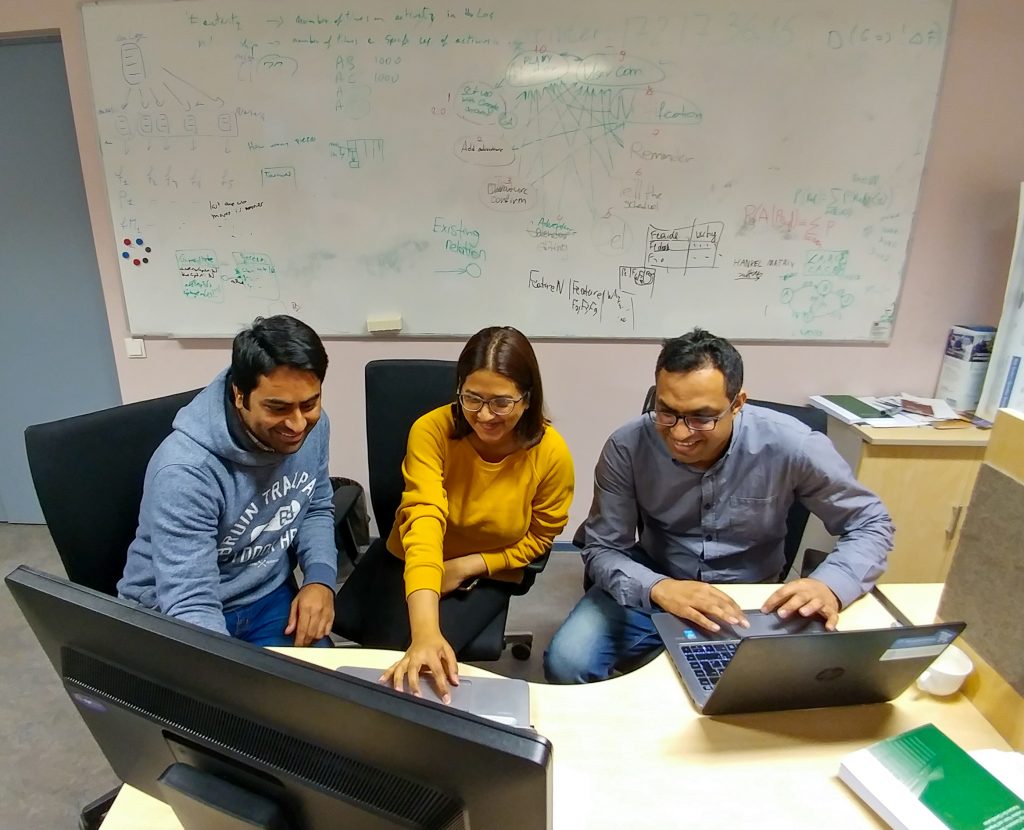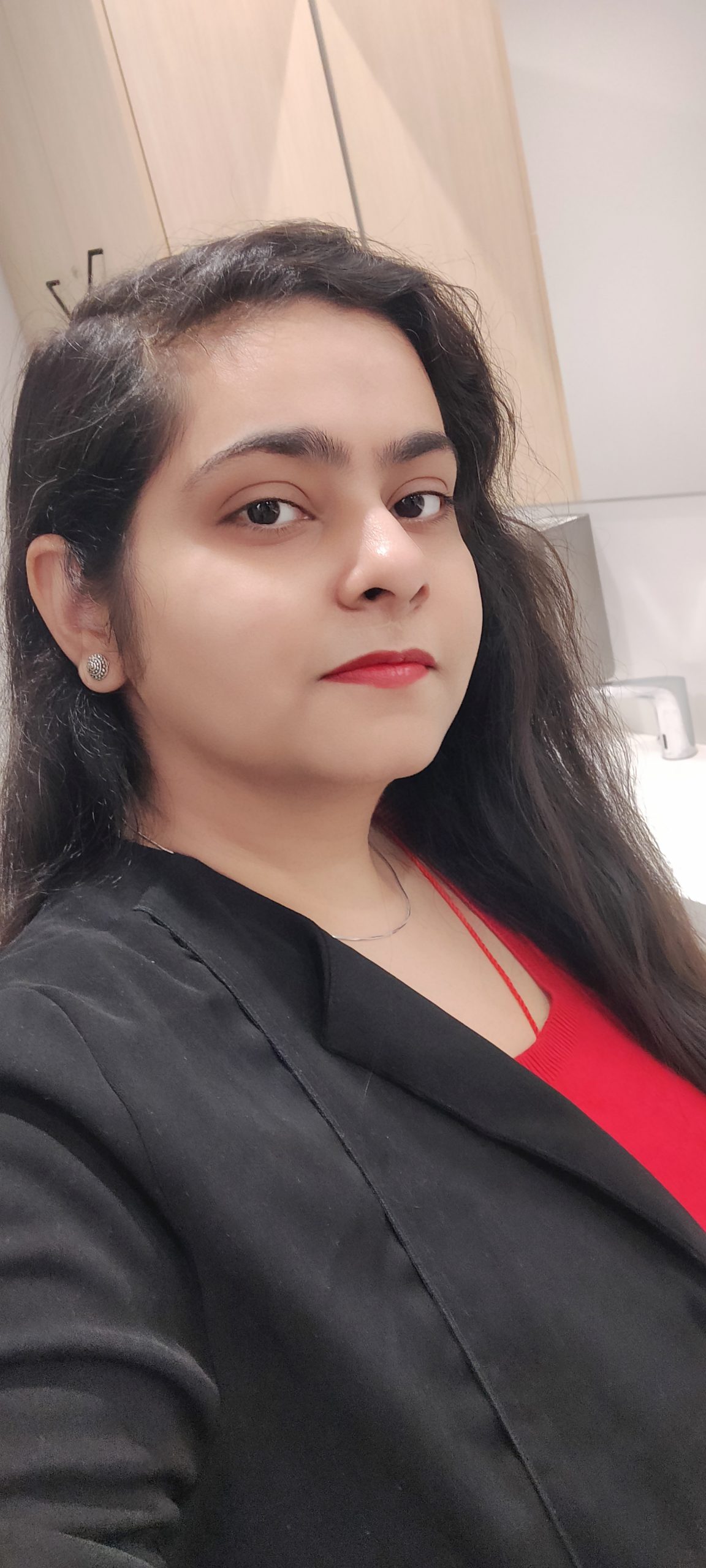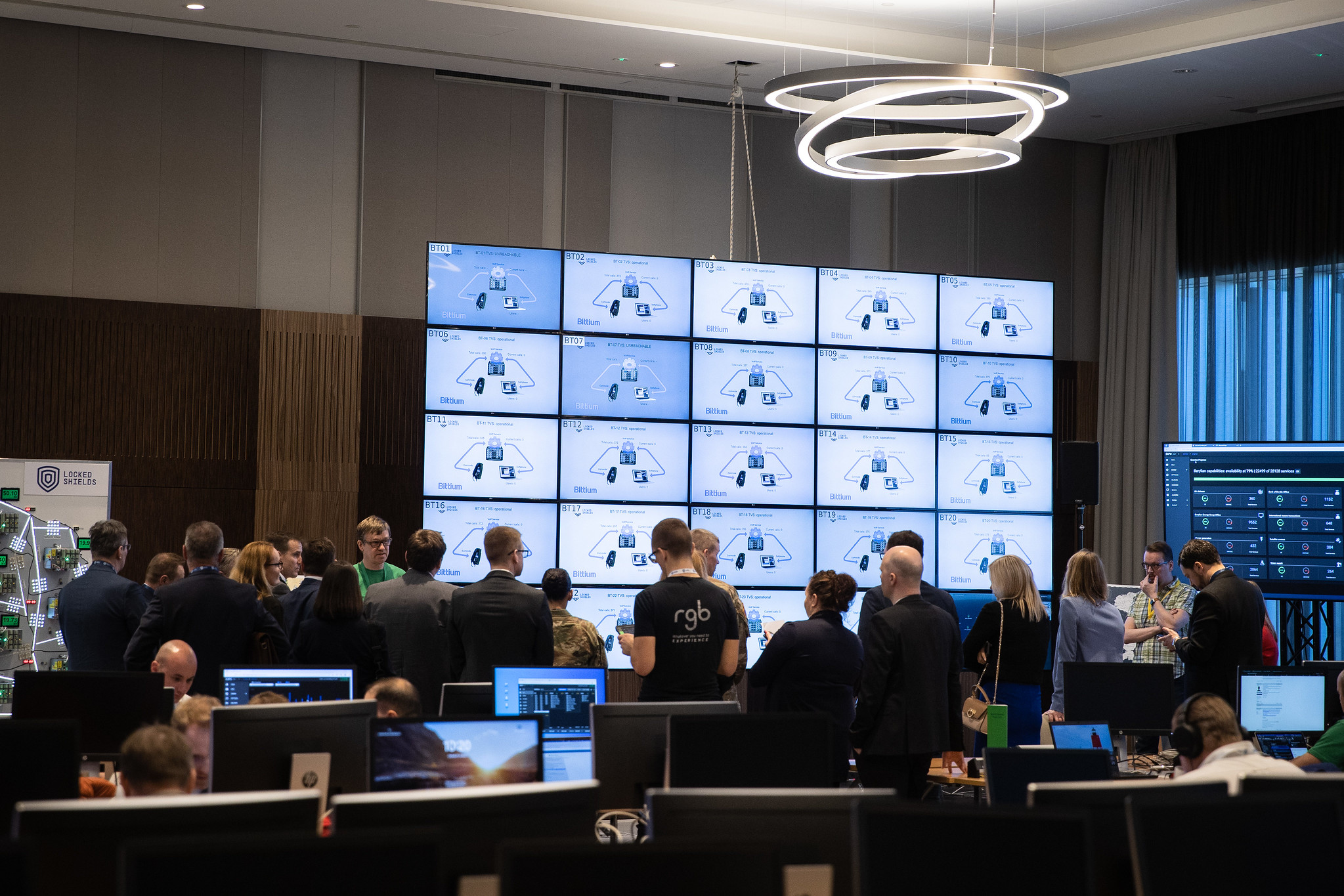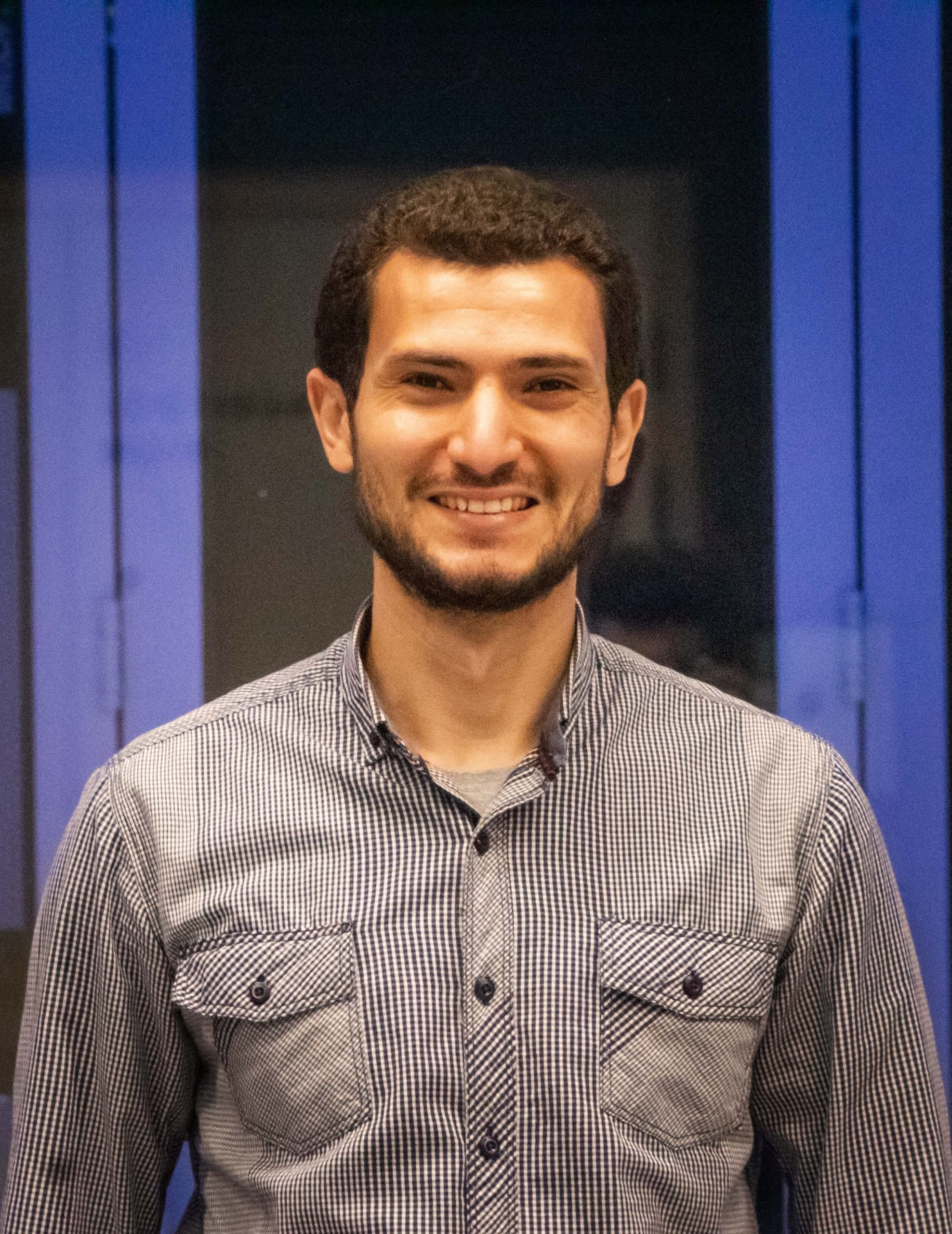Institute of Computer Science Professor of Engineering Dietmar Pfahl has co-authored a paper “Status Quo in Requirements Engineering: A Theory and a Global Family of Surveys”.
This publication is an outcome of the NaPiRE (Naming the Pain in Requirements Engineering) project. The objective of the NaPiRE project is to establish a valid foundation for a theory of Requirements Engineering.
The study is based on a survey completed by 228 companies located in ten countries: Austria, Germany, Ireland, Canada, USA, Estonia, Finland, Norway, Sweden and Brazil. The respondents answered a variety of questions on practices of requirements engineering in their organisation. Surprisingly, the authors found no strong differences among surveyed countries and regions.
Most of the respondents state to document requirements textually in free form or with some constraints. Only for use cases and data models, semi-formal approaches are used. Semi-formal and formal goal models seem to be niche. Non-functional requirements are more often quantified than not (maybe because of performance-related non-functional requirements classes.)
Change management is either continuous or after formally accepting a requirements specification. Less than 20 % change the specification itself regularly. Most respondents update their backlog or only work with change requests. Most respondents do impact analysis between requirements, many do impact analysis in the code. For that, many respondents use traces between requirements and code and requirements and design documents. To align tests with requirements, many respondents define acceptance criteria, cover requirements with tests and let testers participate in requirements reviews. Only 18 % derive tests from system models.

Almost all respondents have an RE company standard. There is a similar share of different kinds of standards in the organisations of our respondents. The standard is also practised by most of the organisations. In many organisations, the standard is tailored at the beginning of the project by the project lead based on experience. Several methods are in use to check the application of the standard. There are various reasons to define an RE standard. Better quality assurance and higher efficiency are common motivations while it is least often a formal prerequisite for project acquisition. Main barriers for defining a standard are higher process complexity because of the standard, missing willingness for change and higher demand for communication.
Most organisations improve their requirements engineering continuously either by the project teams themselves or by an own business unit/role. The motivation for the improvement is overwhelmingly intrinsic: It helps the organisations to determine their strengths and weaknesses and to act accordingly. Improvements for certifications and demanded by regulations are rarely the motivator.
The authors hope the impact of their work is twofold: First, practitioners can use the results to compare their own experiences and practices to the status quo in practice more generally. This might help them introspect their processes and techniques, lead to improvement initiatives, and motivate trying out new techniques. Second, there is now a theory that (in parts) unifies previously isolated hypotheses and that has been validated by two successive survey runs.
The paper is authored by Wagner, Stefan; Méndez Fernández, Daniel; Felderer, Michael; Vetró, Antonio; Kalinowski, Marcos; Wieringa, Roel; Pfahl, Dietmar; Christiansson, Marie-Therese; Greer, Desmond; Lassenius, Casper; Männistö, Tomi; Oivo, Markku.
Full text can be found here:


